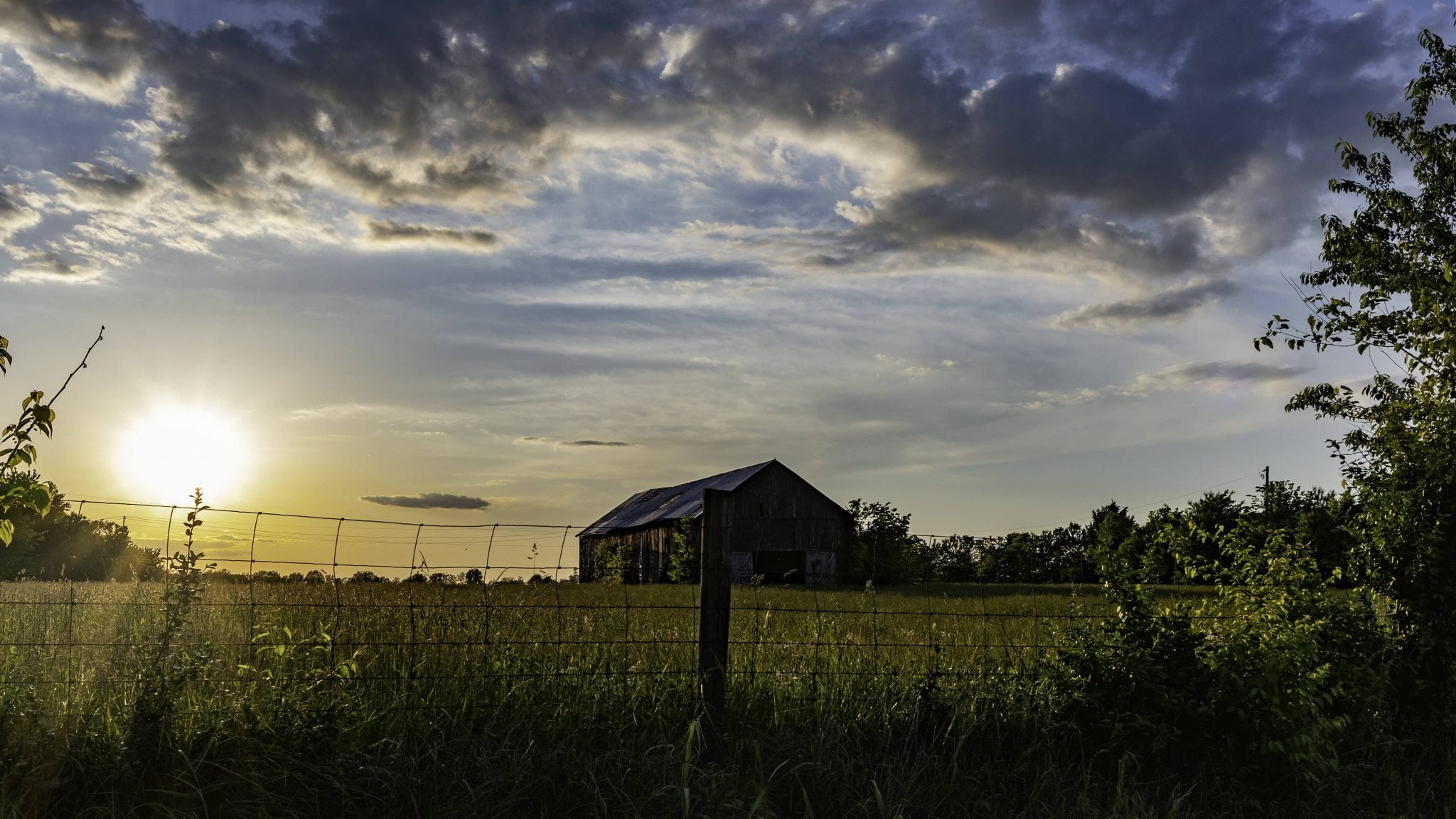As the cost of solar and other renewable resources falls, more and more utilities across the country are diversifying their resource mix with clean energy. With the recent passing of Bill 930, the incentive to be solar-certified is about to skyrocket.
Indiana Utilities are Investing in Renewables
AEP Energy
Ohio-based AEP Energy signed a long-term renewable energy purchase agreement in May 2021 for power from a massive 1,400-megawatt (MW) solar farm in northern Indiana. The project spans over 12,000 acres in Starke and Pulaski counties. AEP has signed two other contracts, Sculpin and Lake Trout, to deploy 425 MW of utility solar power in Indiana, expected to generate over 880,000 MW of clean energy each year.
AES Indiana
As part of a commitment to expand its energy generation resources, AES Indiana has invested in several solar projects across the state, which are either already in operation or currently under development. One such project is a 20 MW solar farm at the Indianapolis International Airport completed in 2015.
Additionally, every three years AES develops an integrated resource plan that determines how best to source their energy for customers. With the goal of increasing reliability on renewable energy resources, AES expects 84% of their energy resources to come from renewable sources by 2042.
Vectren Energy
In 2018, Vectren Energy announced that it would shut down three coal plants by 2023, effectively retiring 730 MW of coal-fired power. In their place, Vectren plans to open a 460 MW combined-cycle natural gas plant and invest in 700 to 1,000 MW of solar, among other renewables.
Vectren’s decision comes despite proposed legislation to place a moratorium on new resources replacing coal-fired power. That particular bill failed in 2019, but a highly contested bill from early 2020 passed, making coal plants in the state more difficult to retire. This political pressure simply wasn’t enough to sway Vectren in light of economic and environmental signs that renewable energy is the future.
When Vectren announced plans to diversify its energy resources in 2018, its generation portfolio was 78% coal-fired and 10% renewable energy. By 2025, the mix will be 12% coal and 64% renewables. This change is expected to reduce greenhouse gas emissions to 75% lower than 2005 levels by 2035 and save consumers up to $320 million over the next 20 years.
Similarly, on April 26, 2023, Vectren released an IRP with a stated goal of eliminated Indiana coal usage by 2027. The plan proposed is predicted to save customers $80 million, compared to the amount spent on coal-powered energy. The accomplishment of this goal would result in reducing carbon emissions in Indiana by 95%, also over the next 20 years.
Duke Energy Renewables Solar LLC
Duke Energy Renewables Solar LLC, a division of Duke Energy, plans to build a $180 million solar farm in western Indiana. The 175 MW Hoosier Jack Solar project will be located on 1,500 acres of a reclaimed coal strip mine in southern Vigo County and northern Sullivan County. It is expected to produce enough electricity to power about 35,000 homes. The land is leased out by the owner and outfitted with solar panels, construction having started in 2023.
Duke Energy has also signed an agreement with renewable energy developer, Ranger Power, for up to 199 MW of solar power to serve 35,000 more homes. The 1,700 acre development will be located south of Gwynneville, Indiana and will be fully operational by 2025.
New Legislation is Here
With the passing of Senate Bill 930, effective July 1, 2023, counties and municipalities across Indiana will be incentivized to become certified solar-ready communities. Each county will be offered $1.00 per megawatt-hour (MWh) generated by an established project within county lines, making adoption of the appropriate regulations quite profitable. Regulations will include state-wide standards for the safe construction, installation, siting, modification or decommission of one or more commercial solar project.
Republican Senator Mark Messmer, co-author of the bill, says “it sends a message to developers that as a state—we are looking for your investment. And in counties that adopt it–it will show developers that they are ready and open for business.”
With solar accounting for less than two percent of Indiana’s current electricity generation, there is great potential for solar to grow. Developers are looking to make a push that increases that number to thirty percent in Indiana, Illinois, Iowa and South Dakota.
“They’re going to get it from somebody—we may as well be the beneficiaries,” Messmer says.
As a Landowner, Now is the Time to Act!
As energy resources continue to shift away from fossil fuels and toward renewables, opportunities like these are popping up in Indiana and across the country. If you’re a landowner, and you think your property could be a good match for solar development, now is the time to act! You can lease your land to a utility-scale solar developer and make many times more money than you could by growing crops.

Still, it’s important to know that not all developers are created equal. You may not want to sign on the dotted line with the first company that comes knocking. But how can you tell which opportunity is right for you?
That’s where Scout Land Consultants comes in. We are experts in negotiating solar developments and can help you navigate the process. Let us ensure that your land is fully vetted and help you pair up with the perfect partner for your solar development project.
We would be happy to ensure you partner with the best developer for the job. Contact us today for a complimentary evaluation.
References
“Vectren bucks Indiana legislature with plan to reduce coal mix 78% to 12% by 2025”, Utility Dive
CenterPoint Energy continues shift from coal-fired generation
“Duke Energy division planning $180M Indiana solar farm”, 13WTHR NBC
“AEP Signs Power Agreement for Solar Farm Project”, Inside Indiana Business with Gerry Dick
“AEP strikes deal to buy power from Indiana solar project”, The Columbus Dispatch
AEP strikes deal to generate 880,000 MW of clean energy
AES Indiana ramps up plan to get 85% of energy from renewable sources AES Indiana
“AES Indiana Acquires Clinton County Solar Project”, Inside Indiana Business with Gerry Dick



